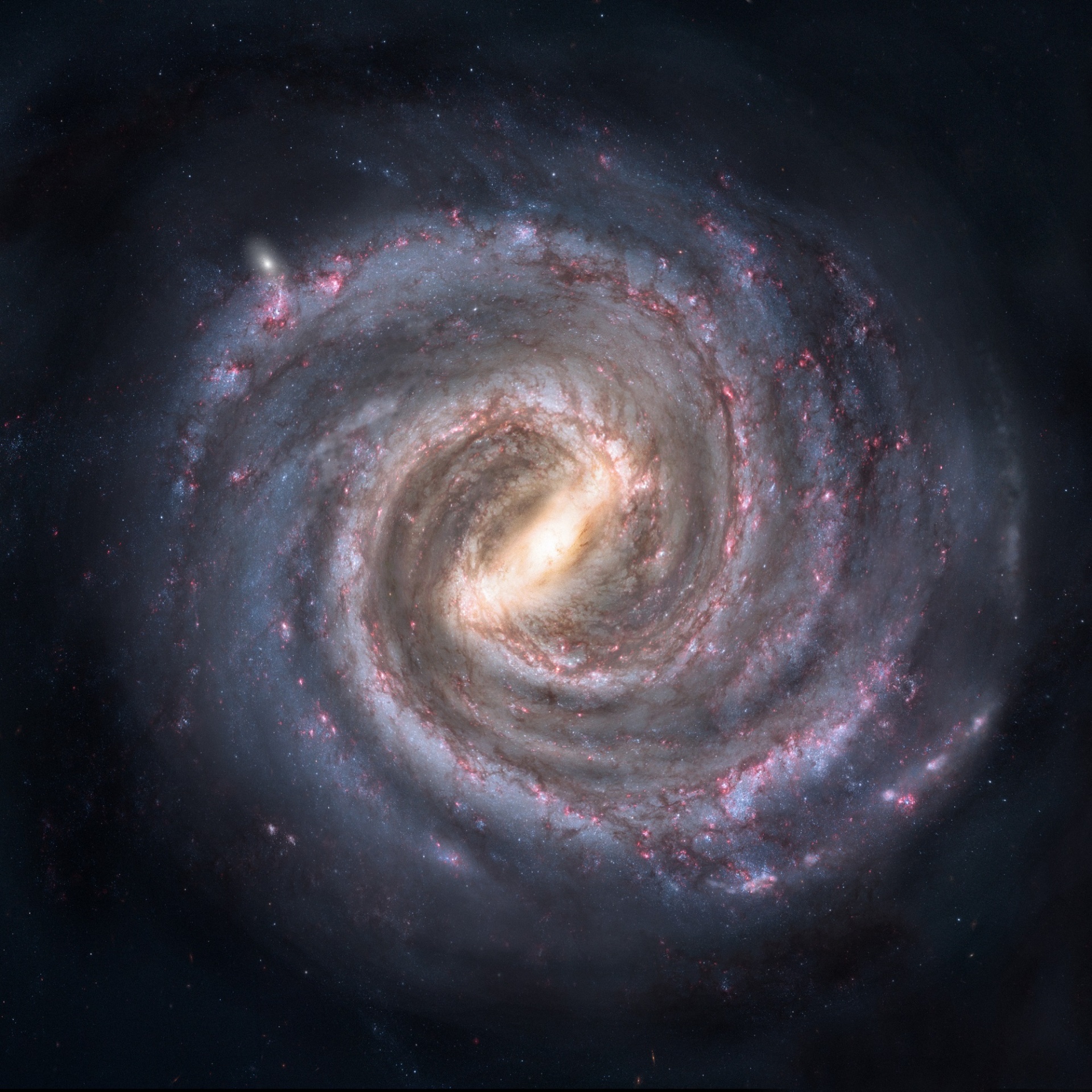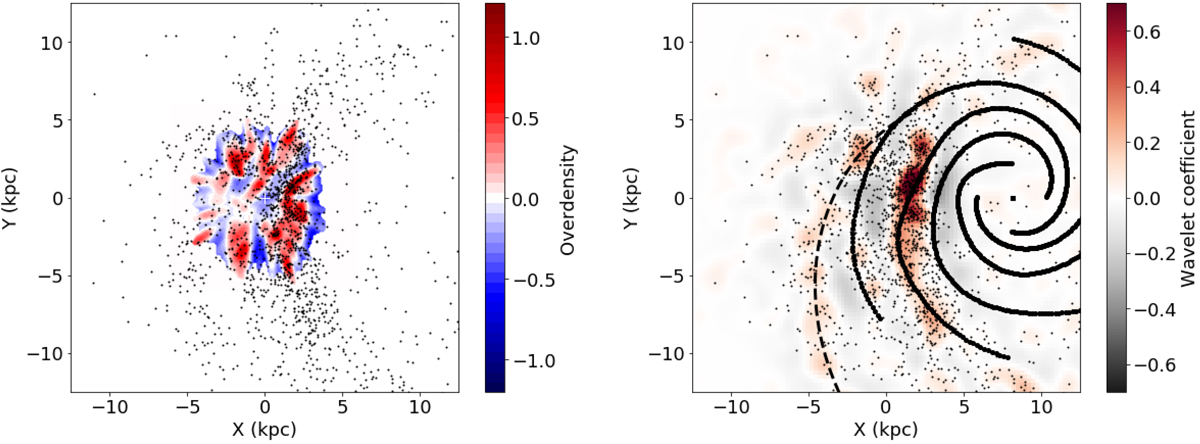this post was submitted on 03 Aug 2023
113 points (97.5% liked)
Space
8746 readers
95 users here now
Share & discuss informative content on: Astrophysics, Cosmology, Space Exploration, Planetary Science and Astrobiology.
Rules
- Be respectful and inclusive.
- No harassment, hate speech, or trolling.
- Engage in constructive discussions.
- Share relevant content.
- Follow guidelines and moderators' instructions.
- Use appropriate language and tone.
- Report violations.
- Foster a continuous learning environment.
Picture of the Day
 The Busy Center of the Lagoon Nebula
The Busy Center of the Lagoon Nebula
Related Communities
🔭 Science
- !astronomy@mander.xyz
- !curiosityrover@lemmy.world
- !earthscience@mander.xyz
- !esa@feddit.nl
- !nasa@lemmy.world
- !perseverancerover@lemmy.world
- !physics@mander.xyz
- !space@beehaw.org
- !space@lemmy.world
🚀 Engineering
🌌 Art and Photography
Other Cool Links
founded 1 year ago
MODERATORS
you are viewing a single comment's thread
view the rest of the comments
view the rest of the comments


Important to note that any depiction like this of the milky way is an artist's interpretation, as it's not possible to view our galaxy from the outside (yet).
That said, i can't imagine it looks notably different than this..
The „yet“ makes it sound like we are only a couple years away. Voyager (1977) is the furthest man made object and is 17 light hours away. The milky way in the picture has a diameter of 87.000 light years. So I guess this point of view is like 100.000 lights years away. Maybe I am pessimistic, but I think human kind will never reach this location to snap a real picture like that (and even send it back to earth for another 100.000 light years traveltime).
Now I’m sad. You made me sad. Thanks god tomorrow is Friday.
It seems more likely to me that at some point in the not too distant future we might be able to make an accurate indirect picture by combining position and velocity data of stars, gas and dust from a future successor of the GAIA satellite and other surveys.
People have tried this, but the Milky Way is immense and the sensitivity/resolution of Gaia is limited (still amazing though!) and distant objects get obscured by gas and dust that is closer by. For example this paper from a few years ago has a this reconstruction: